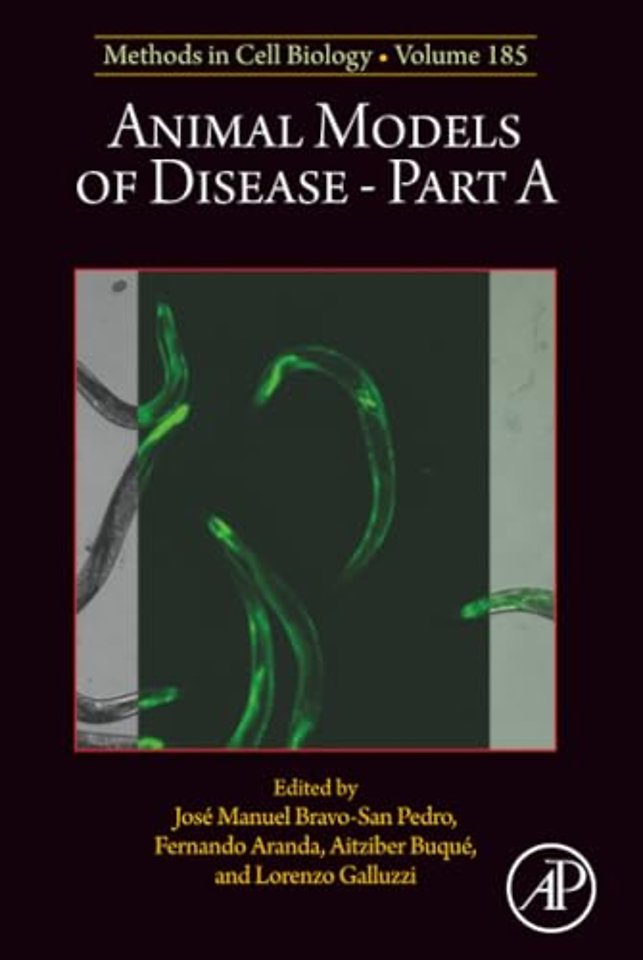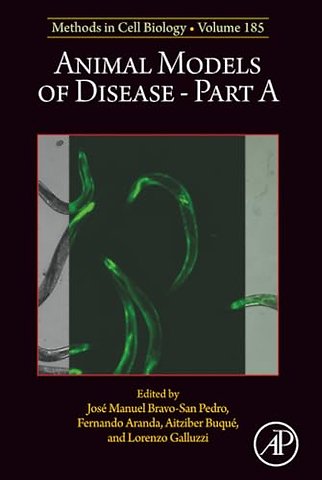Animal Models of Disease Part A
Samenvatting
Animal Models of Disease, Part A, Volume 185 in the Methods in Cell Biology series, highlights advances in the field, with this new volume presenting interesting chapters on a variety of timely topics, including New mouse model to study aneurysm development, Mouse Model of Secondary Cystic Echinococcosis, Modelling childhood cancer in Drosophila, Analysis of immunohistomorphological changes in the colonic mucosa in a high-saturated fat and high-cholesterol fed streptozotocin/nicotinamide diabetic rat model, Establishment of an orthotopic Glioblastoma mouse model for preclinical studies, Lateral Fluid Percussion Injury as a Model for Traumatic Brain Injury, Ovarian and colorectal peritoneal carcinomatosis in mouse models, and more.
Other chapters cover Genetically engineered mouse model of hepatocellular carcinoma, Radiotherapy protocol in cancer mouse models, Using C. elegans as a model for neurodegenerative diseases: Methodology and evaluation, Methodology for the induction of myocardial infarction and cardiac function evaluation, Behavioral assessment of fine socio-sexual olfactory cues detection in a mouse model of neurodegeneration, Heat shock and thermotolerance in Caenorhabditis elegans: an overview of laboratory techniques, and Using the model cestode Taenia crassiceps for the study of cysticercosis.

